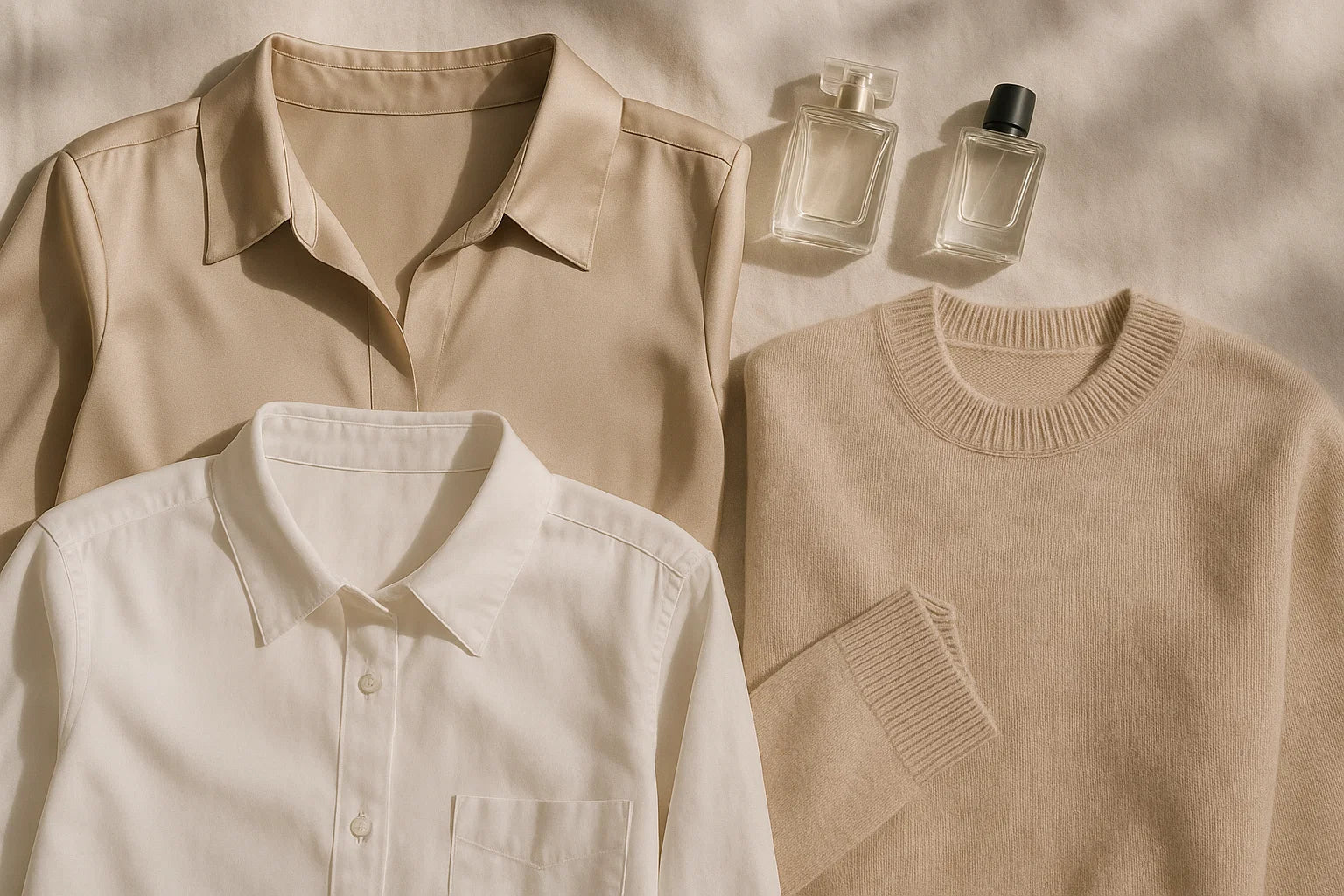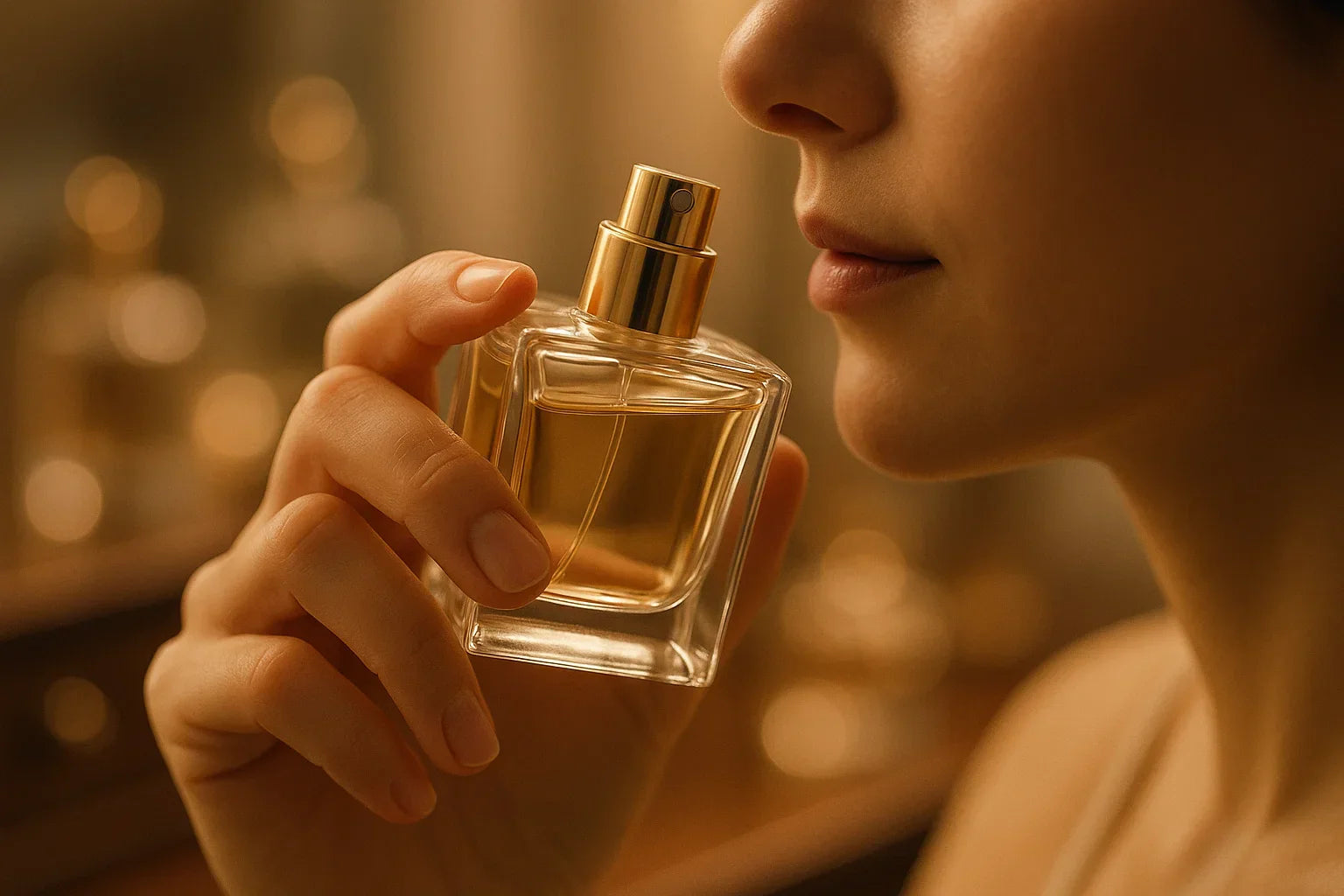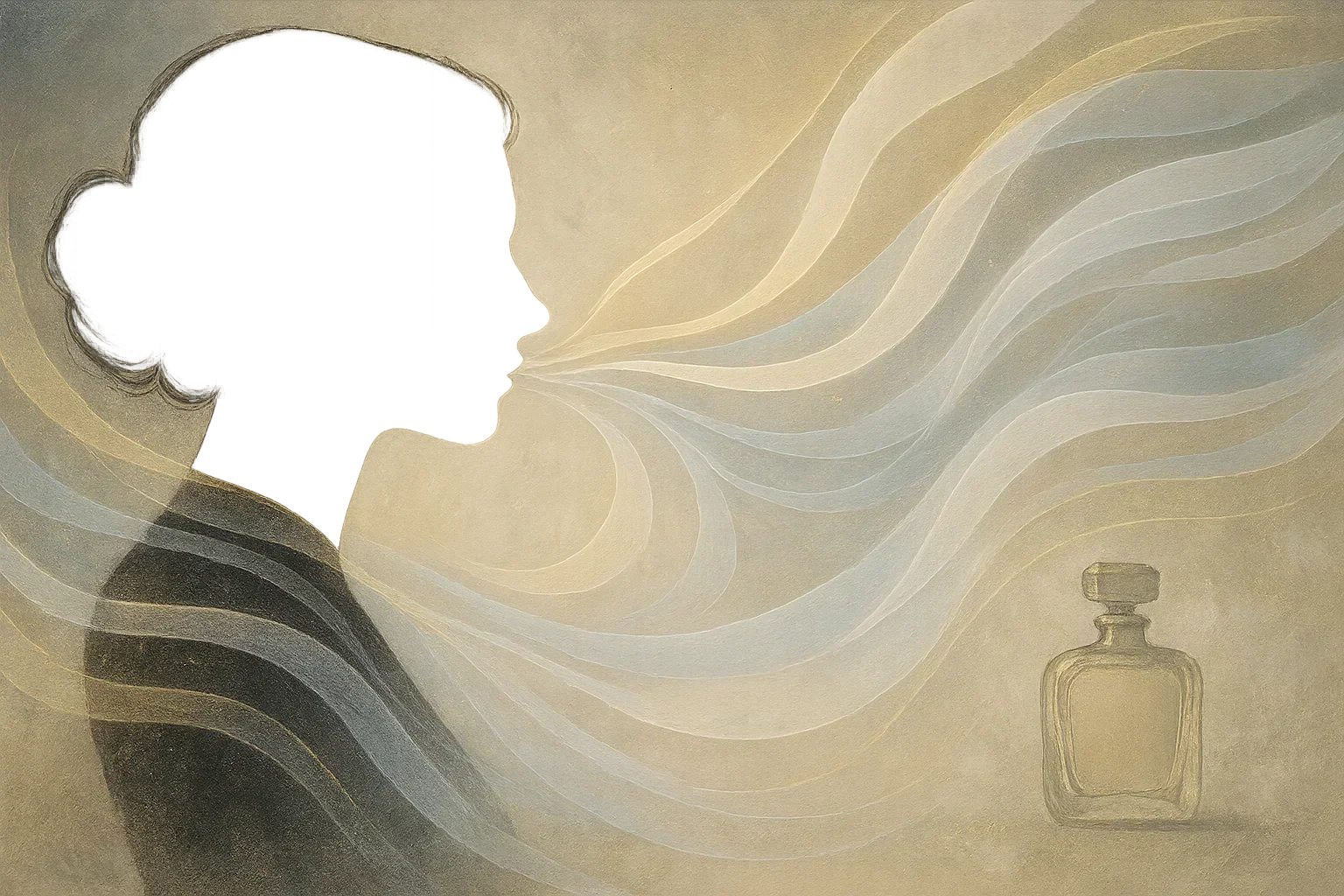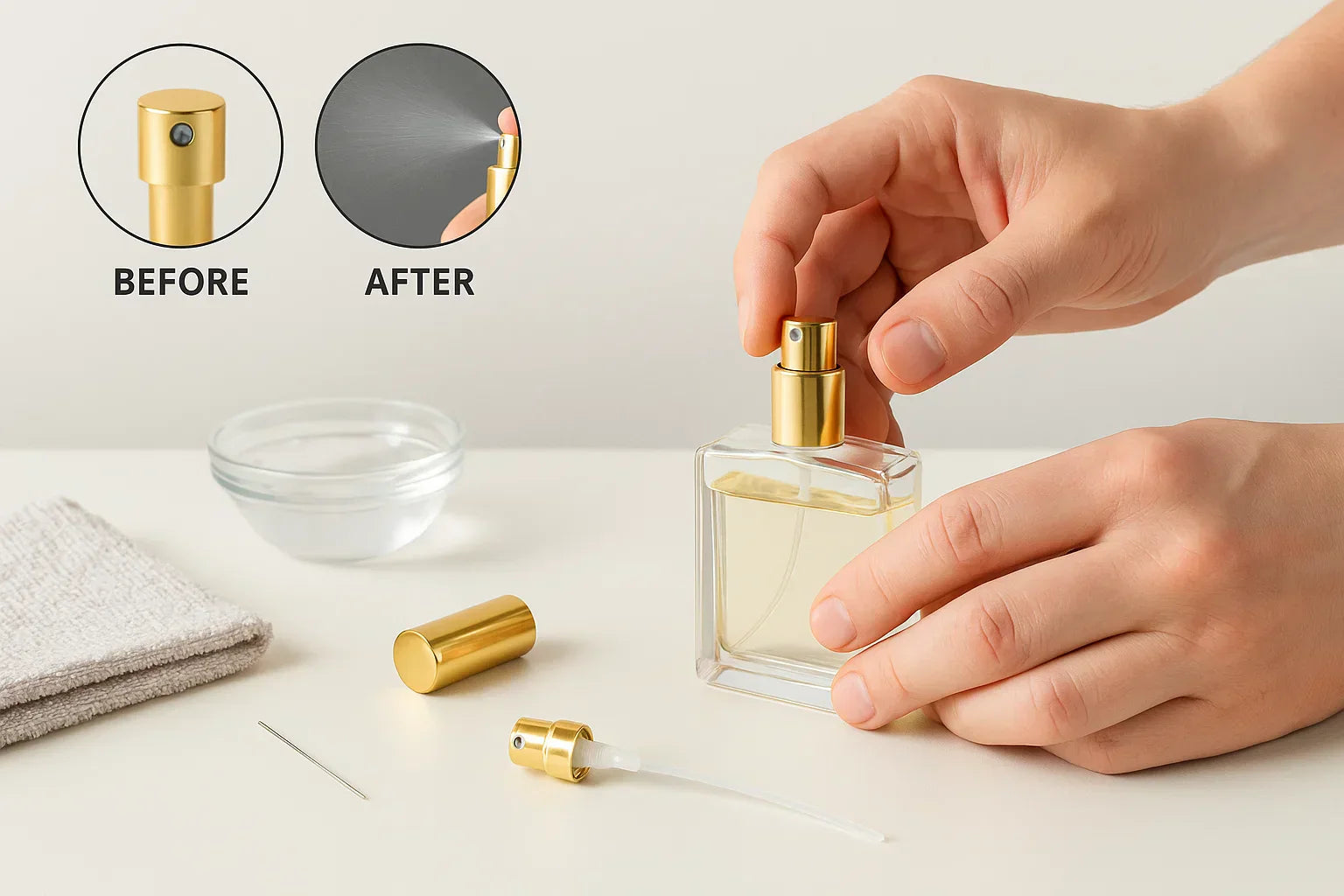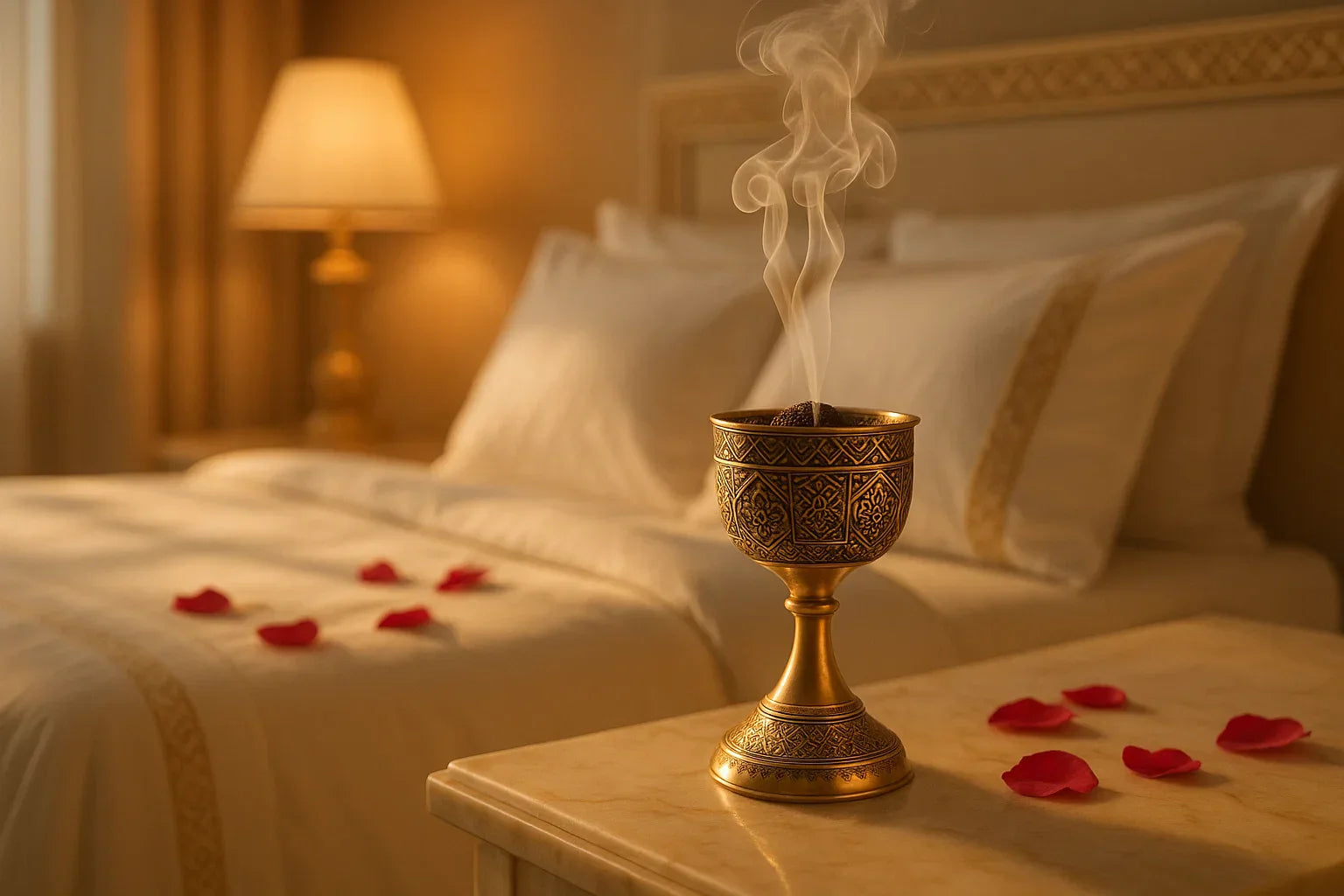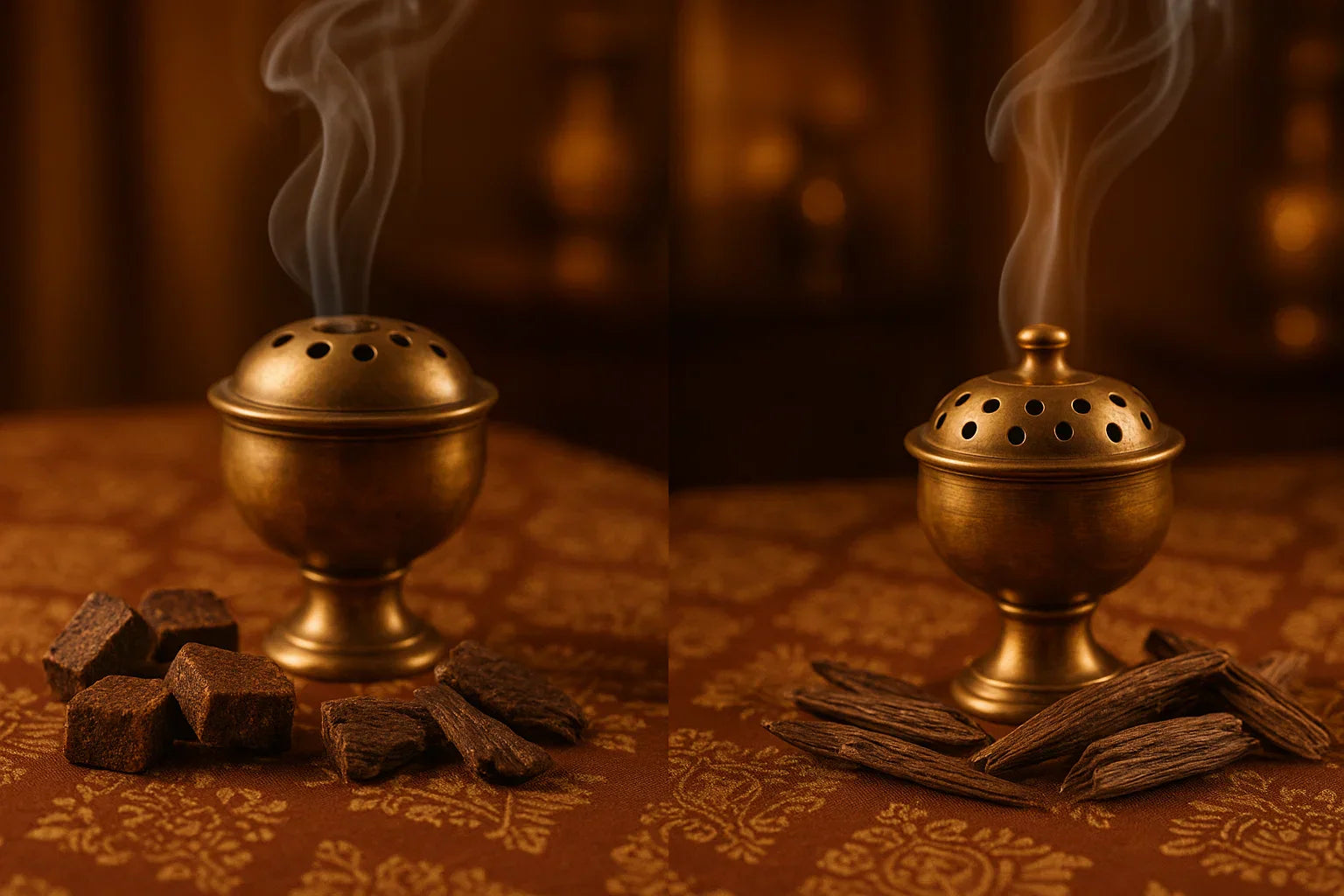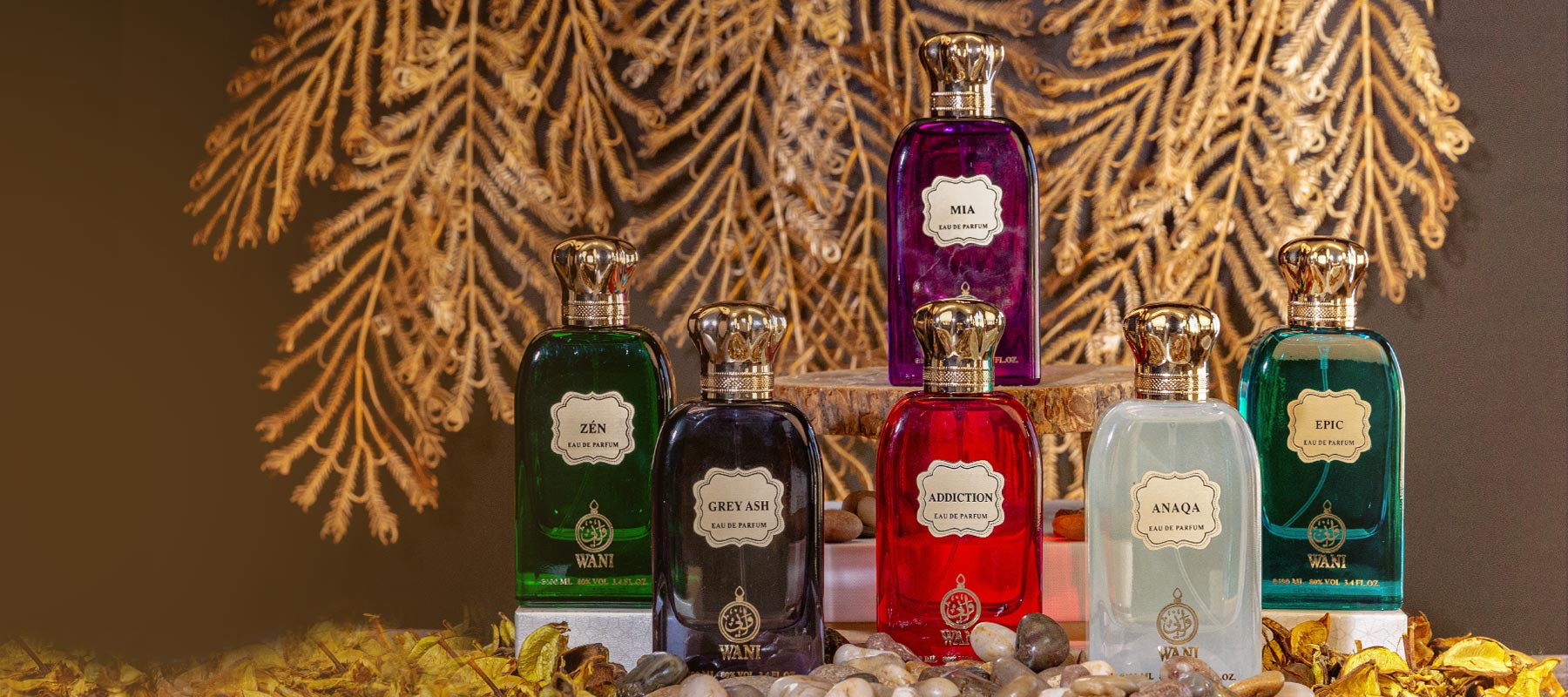
The Science of Perfumery - A Beginner's Guide
There is something incredibly elusive yet captivating about perfumes. Fragrances have the power to trigger vivid memories and emotions that no other human sense can. Plus, if you are a perfume connoisseur, getting told that you smell great is a huge compliment. In this article, we’ll try to get a better understanding of perfumery science and some key facts related to it.
Interestingly, what draws you towards a particular perfume is more than just an exquisite fragrance and the personal hygiene of the perfume wearer. In fact, it is something that is genetically hardwired in us. The human body is blessed with approximately 400 olfactory receptors to detect odors. Additionally, humans can detect up to 10,000 different odors correlated with their DNA, which makes smelling a particularly personalized experience.
From cologne to perfume oil, fragrance plays an important role in our everyday life. Before the discovery of synthetic fragrance ingredients in the 19th century, perfumers resorted to natural sources like the scent gland of a male musk deer, etc. Nowadays, it is easier to synergize natural and synthetic ingredients in modern labs to create different notes of fragrances. Before we get into the nitty-gritty of the science of perfume, let’s take a quick look at the history of fragrances.
A Brief History of Perfumes
The history of perfumes is not something recent, and it can be dated back to the oldest civilizations recorded so far. It can be traced back up to 5,0000 years ago during the ancient Egyptian civilization. The ancient Egyptians mainly used fragrances during religious ceremonies as a sign of purity and nobility.
For modern-day humans, the thought of perfume conjures up images of liquid substances packaged in glass bottles, but that was not the case with our ancient ancestors. For an ancient Egyptian, perfume either came in the form of a thick cream that you liberally apply to your body or essential oil that you burn to infuse the air with its fragrance.
Before being considered staple hygiene products, back in the day, only the upper class had access to perfumes. Over time, fragrances were not only confined to the rich people of the society but were also introduced to the average people.
A Primal Link
Now that we understand a little about the history of perfumery, let’s get into understanding more about what attracts us to fragrances, and how can we connect with some scents more than others since we all tend to have different smell preferences, which may be hardwired in our genetic makeup. Some scientists believe that we prefer fragrances that complement our body’s natural odor, but there are opposing views to that.
Although there is still skepticism related to the existence of human pheromones, it is well known that animals rely on pheromones for non-verbal communication among members of the same species. These chemical signals come in handy for animals for various purposes such as mating, feeding, and developing social interactions within a species.
While there isn't any strong science-backed evidence of human pheromones, research shows that humans unconsciously send out these chemical signals whether it is for a casual courtship or sounding an alarm. This chemical communication is based on the major histocompatibility complex (MHC), which is a gene complex that controls our immune system. We tend to get more attracted to people who have a vastly different genetic MHC code than ours.
Olfactory System Intertwined with Emotion and Memory
The olfactory system serves the function of the sense of smell in mammals. The sensory system majorly comprises the nose and the nasal cavities that detect the airborne molecules for the activation of the sense of smell.
When our nose detects scent-carrying neurons, it triggers a cycle of mechanisms that eventually affects our emotions. Our sense of smell is directly connected to the limbic system, which is a part of the brain that regulates emotions, memory, and mood.
Our sense of smell and emotions are intertwined closely unlike that of our other senses. Think of how the scent of freshly cut grass is reminiscent of the arrival of spring or how the scent of pine trees and wood puts you in the holiday spirit? All of this can happen in a matter of seconds, as a particular odor can make you recall a long-forgotten memory or experience. These olfactory experiences are initiated by the piriform cortex, which is a brain region that gets triggered before you smell an odor.
Nowadays. Scientists are aware of the potential scope of understanding perfumery science for improving physical and emotional wellbeing. Although the beneficial effects of aromatherapy are still not medically proven, many therapists are incorporating the use of scents in their therapeutic sessions. Fragrances are now manufactured to elicit a favorable emotional response, like improving the sleeping patterns of insomnia patients with the help of lavender essential oil.
Understanding Perfume Notes
Just like music, your favorite fragrance of perfume is also made up of a variety of notes, making up an olfactory pyramid. Knowing your perfume ingredients is vital, as that would help you pick the best perfume every time. You can split these layers into three distinct notes: the top, heart, and base. Perfumers come up with unique mixtures by carefully selecting different ingredient blends.
Top Notes
The top notes, which are also referred to as the headnotes, form the top layer of perfume. They are the scents you detect as soon as you spray perfume on your body or clothes. Because of their mildness, they typically evaporate within the initial fifteen minutes of application – but that doesn't make them any less important.
The main purpose of the headnotes is to give you an initial hint of a particular scent that quickly transitions into the next layer of the fragrance. Don’t underestimate these light notes, as you will be making your buying decision by smelling them. Some common top notes that you can find in most types of perfumes include lemon, orange zest, grapefruit, basil, and lavender.
Heart Notes
As the name suggests, heart notes lie at the core of your perfume. They allow the fragrance to become rounder and denser. Also known as the middle notes, these foundational scents typically unfold over several hours. They make up about 60% of the signature fragrance of any perfume.
As soon as the top notes start to fade away, the heart notes linger in and they are usually less intense than their former counterparts. The heart notes tend to have a strong connection with the base notes, and they are more sensually appealing. In the heart notes, you fill typically find cinnamon, rose, lemongrass, and neroli.
Base Notes
Finally, base notes kick in once the top notes have completely vanished away and the heart notes are partially present. On their own, the base notes make up about 20% of the main fragrance, bringing depth and solidity to the perfume. These long-lasting perfume notes act as fixative agents so that it is easier for you to remember the odor.
Where the top notes evaporate quickly, the base notes take the longest to evaporate – they can even linger around for several days! Some common rich and opulent base notes include sandalwood, vanilla, and musk.
Final Thoughts
Whether you are wearing perfume before going on a date or attending a business meeting, the science of perfumery features a fascinating mix of the ingredients of the scent and our evolutionary attraction towards said scents. Understanding perfumery through science would help you select a fragrance that is not only long-lasting but also goes well with your personality.
